Continuing my with my mantra of keeping the blog individual I would like to introduce, or maybe reintroduce, you to The Snow Goose by Paul Gallico.
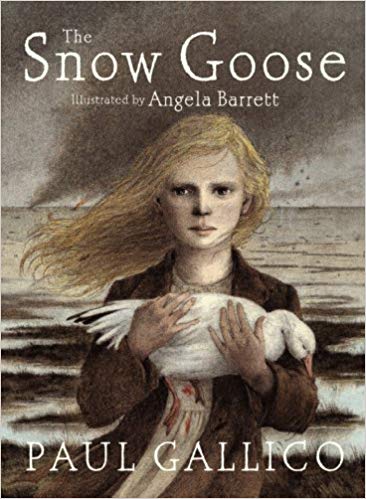
Written 1940, this novella is in no way a new release. It is the story of Phillip Rhayader, an artist and conservationist, living alone in abandoned lighthouse on the Essex marshes. Rhayader survives with limited human contact. His outlet is painting and caring for the wildfowl which surround him. All this changes one day when Fritha, a local girl arrives with a injured Snow Goose.
Through the bird Rhayader and Fritha build a bond. The Snow Goose winters at the lighthouse, leaving in the summer months, and this pattern reflects the nature of Rhayader and Fritha’s relationship; when the Goose leaves so does Fritha.
Suddenly the world is plunged into war. Rhayader leaves the lighthouse in his little boat to sail to Dunkirk as part of the evacuation of the beaches. The Goose flies with him, watching over the mission. As this strange man and his bird become part of the solider’s folklore, Fritha waits at home. Waiting to see if both or neither will return.
It is a simple and beautiful tale. I know people who have cherished it since childhood, however I have only discovered it the last few years. And it is not the subject matter it’s self that gives it a special place in my heart and on my shelves.
It is the setting. The lighthouse.
For although this book is set on the Essex’s marshes it’s true inspiration comes from the Fens of my childhood and my ancestors. Rhayader’s lighthouse is in fact the East Bank Light house in Sutton Bridge, on the the mouth of the Lincolnshire Wash. And the Rhayader himself is inspired by Sir Peter Scott, son of the ill fated Antarctic explorer Robert Falcon Scott and sculptor Kathleen Bruce who lived and painted in the lighthouse from 1933 to the beginning of World War II, when it was requisitioned by the Army.
When the English editions of The Snow Goose were published it was Scott who illustrated them, using his first wife as a model for Fritha, the novelist Elizabeth Jane Howard.
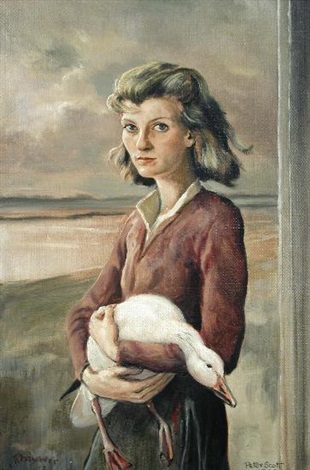
It was during his years at the rundown lighthouse Scott underwent his transformation from Wildfowler to wildlife artist and conservationist. He went on to found the World Wildlife Fund and The Wildfowl and Wetlands trust. When asked what the war had cost him, Scott replied ‘his beloved lighthouse’.
And if it was Scott’s beloved lighthouse, it was also an important part of my childhood. In the early 80’s when I would visit with my Grandparents, the lighthouse was derelict and slightly spooky. But somehow ‘ a ride out to the lighthouse’ was always a treat. We would climb the gates and pick samphire on the marsh, Nana’s warning of the creeks ringing in my ears.
The thrill of seeing this childhood landmark depicted in any pages will never quite leave me. Gallico is sharing my lighthouse.
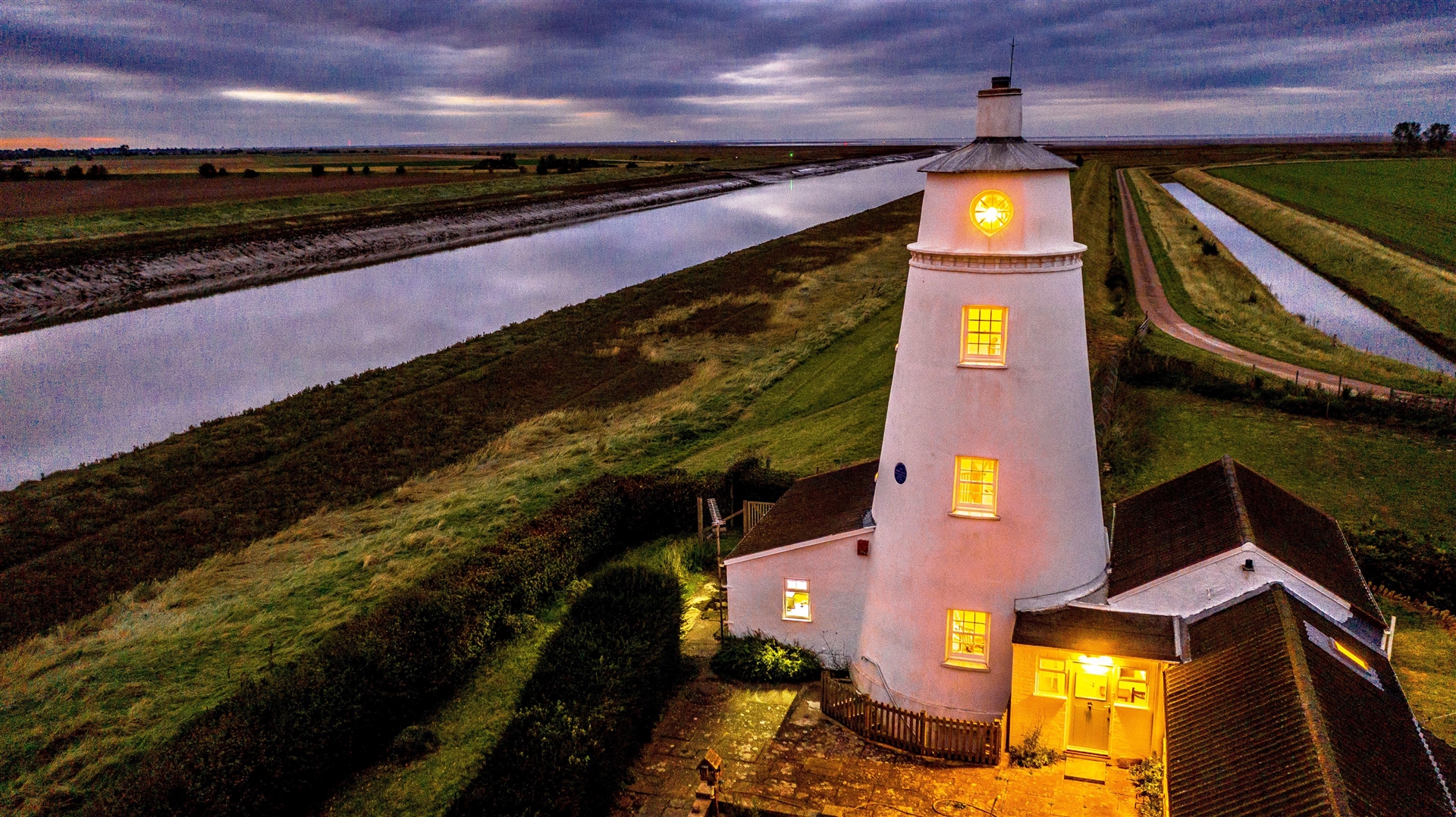
It wasn’t until years later that I realised that when Scott lived there my Nana would each day hike up the bank to deliver his milk. She had also turned down his offer of making her his housekeeper, proclaiming the spot too remote.
So instead my Nana hiked back up the East Bank to her home at the Port Hospital, where she lived with two maiden aunts, since she was orphaned in childhood. Aunt Rose and Aunt Alice, Burton sisters and matrons of the Port Hospital, following the footsteps of Burtons since 1881.
1881 when their Grandfather Edward Burton was given charge of the hospital . Built to serve the Sutton Bridge port constructed in the same year.
The port that welcomed just one ship before it collapsed back into the Nene. Taking all the hopes of prosperity and jobs with it.
But somehow inexplicably the Port Hospital remained, cleaned daily and fully stocked. Until it was sold in 1949 it never had a patient. One birth, my mum in 1950 born in the Hospital House, but no patient was ever cared for on it’s wards.
After losing her fiancé in WWI the hospital and raising my Nana became Alice’s life. In my jewellery box sits Alice’s engagement ring and a sliver crucifix, sent back from the trenches for safe keeping. I have this soldiers gifts but I still don’t know his name. Did he go willingly, or was he conscripted? Did Alice know where he was buried? Is he one of the local lads posing on the Cross Keys Bridge?
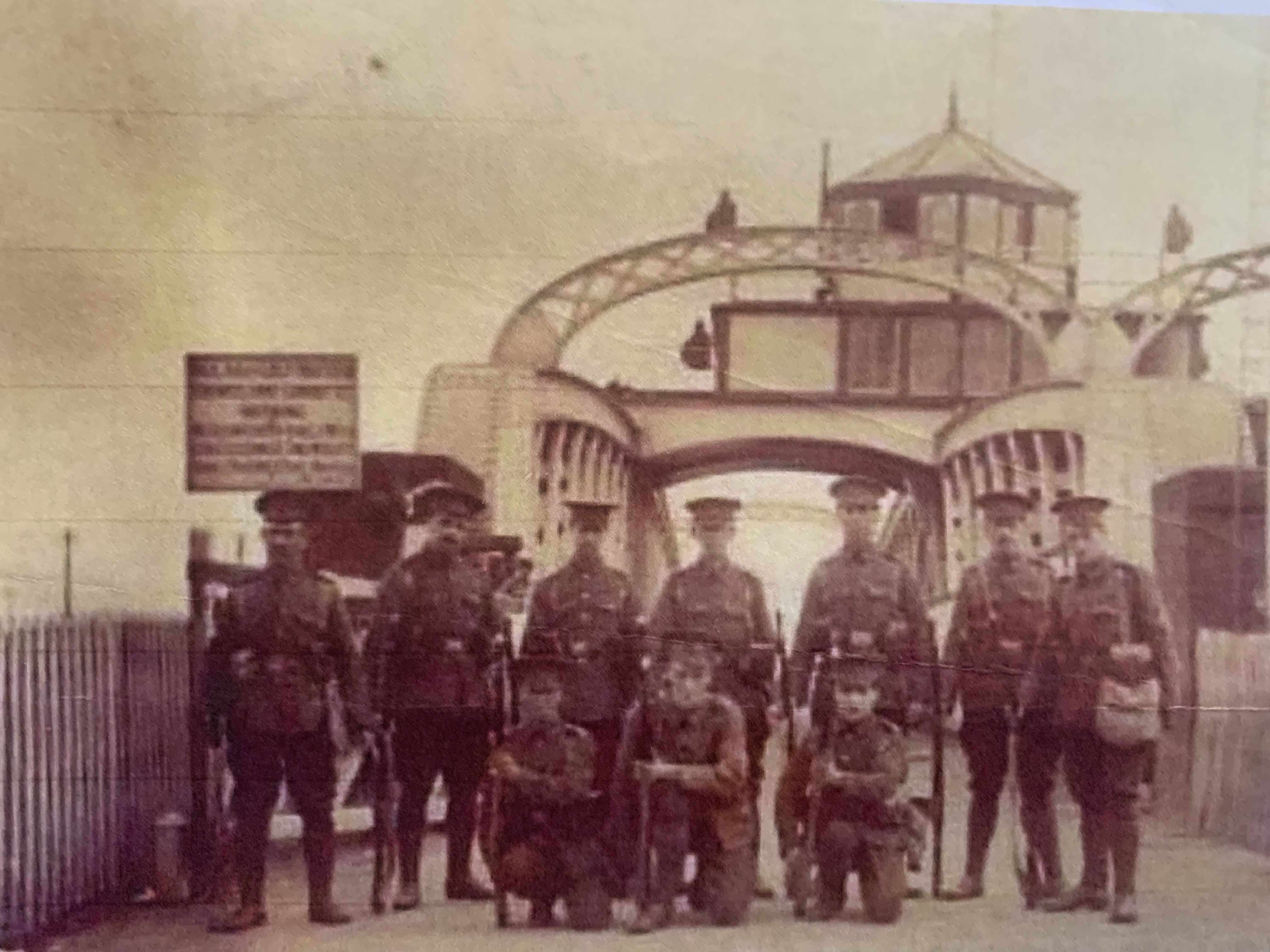
What I do know is that Alice would have watched German Prisoners of War work each day on the East Bank of the Nene. From the camp over the river, they would come to repair the sea wall, build cottages and work the land. How did Alice feel about this? Was she resigned? Angry? Despairing?
Alice and her landscape has haunted me for many years. My mum and my aunt both remember her, she having lived with them until she died. Auntie was fiery; she would promise all political parties her vote for a lift into town on Election Day. It was up to them who got there first!
Alice has a story, and incredible story. And one day Alice I promise I will take your landscape and paint your picture. There is a book in there, I know it.
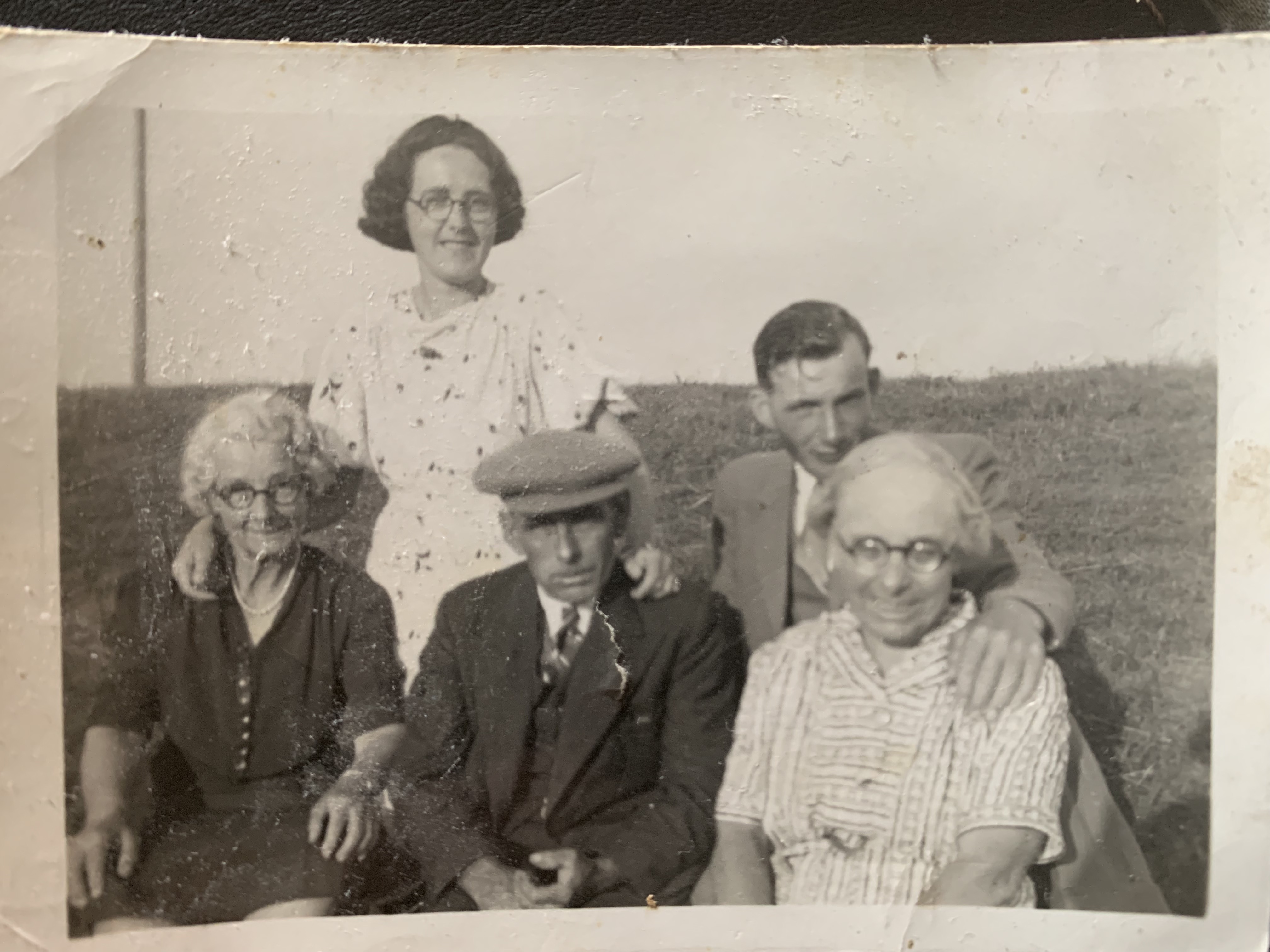
Behind: Nana- Ivy, Grandad – Stan.
On East Bank Sutton Bridge.

I have a picture of the port hospital and some newspaper cuttings if you would like them
LikeLike
Yes please that would be great! My email is bookbound2019@yahoo.com . Thank you so much for being in touch
LikeLike
Absolutely fascinating. Love all the links- Scott, EJH and the marriage portrayal in the Cazalet Chronicles, and most importantly your family and heritage x
LikeLike
😊
LikeLike